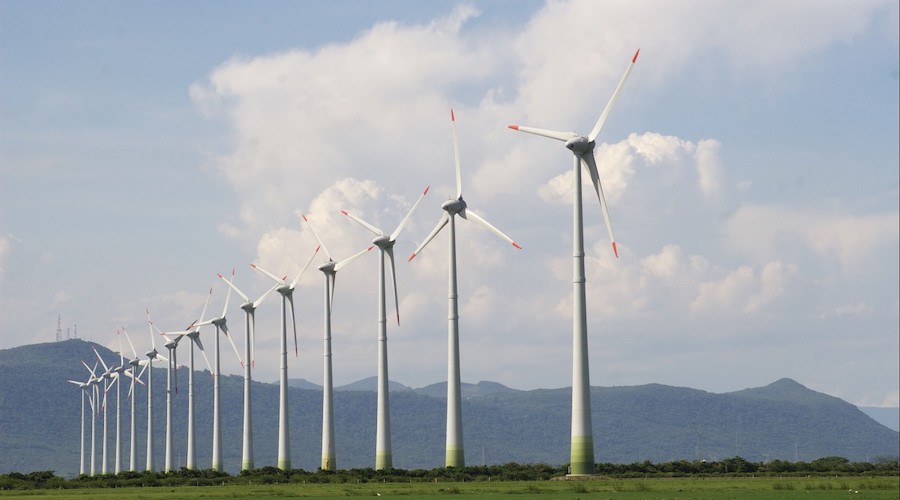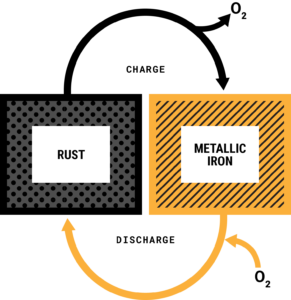New iron-air battery aims to make multi-day, clean energy storage systems a reality


Form Energy Inc. announced the launching of its first commercial product, a rechargeable iron-air battery capable of delivering electricity for 100 hours at system costs competitive with conventional power plants and at less than 1/10th the cost of lithium-ion.
According to the Massachusetts-based company, its front-of-the-meter battery can be used continuously over a multi-day period and will enable a reliable, secure, and fully renewable electric grid year-round.
“We conducted a broad review of available technologies and have reinvented the iron-air battery to optimize it for multi-day energy storage for the electric grid,” Mateo Jaramillo, Form Energy’s CEO and co-founder, said in a media statement. “With this technology, we are tackling the biggest barrier to deep decarbonization: making renewable energy available when and where it’s needed, even during multiple days of extreme weather or grid outages.”
The battery’s basic principle of operation is reversible rusting, which means that while discharging, the battery breathes in oxygen from the air and converts iron metal to rust. While charging, the application of an electrical current converts the rust back to iron and the battery breathes out oxygen.
Each individual battery is about the size of a washing machine, which is filled with a water-based, non-flammable electrolyte, similar to the electrolyte used in AA batteries. Inside of the liquid electrolyte there are stacks of between 10 and 20 meter-scale cells, which include iron electrodes and air electrodes.

To create a storage system, Form Energy proposes grouping together thousands of batteries in modular megawatt-scale power blocks, which are to be installed in environmentally protected enclosures.
Depending on the system size, tens to hundreds of these power blocks will be connected to the electricity grid. For scale, in its least dense configuration, a one-megawatt system requires about an acre of land. Higher density configurations can achieve >3MW/acre.
“Our battery systems can be sited anywhere, even in urban areas, to meet utility-scale energy needs,” the company’s website states. “Our batteries complement the function of lithium-ion batteries, allowing for an optimal balance of our technology and lithium-ion batteries to deliver the lowest-cost renewable and reliable electric system year-round.”
According to Jaramillo, Form Energy’s goal is to source the iron domestically and manufacture the battery systems near where they will be sited. In fact, the firm has already signed a deal with Great River Energy to develop its first project near the heart of America’s Iron Range in Minnesota.
In addition to this, it received a $200-million Series D financing round led by ArcelorMittal's XCarb innovation fund, which should be devoted to the development of iron materials for the battery systems.
Besides the steel giant, the Wall Street Journal reported earlier this month that Form Energy also counts Breakthrough Energy Ventures - a climate investment fund whose investors include Microsoft’s co-founder Bill Gates and Amazon’s founder Jeff Bezos - among its backers.
This story first appeared on www.Mining.com.
Comments